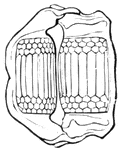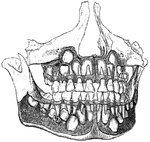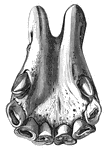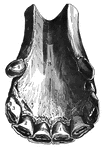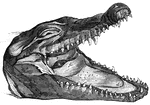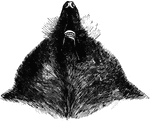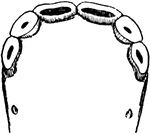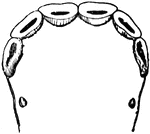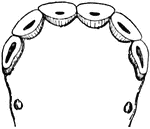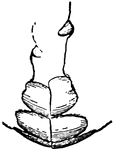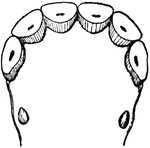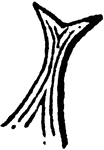
Walrus
This sea mammal is known for the great length of the canine teeth of the upper jaw, sometimes reaching…
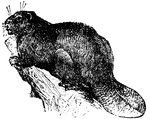
Beaver
The beaver is distinguished from all other rodents by its flat and scaly tail. Its hind feet are webbed,…
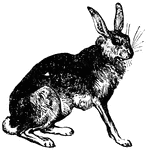
Hare
Hares are larger than rabbits, with longer ears and hind legs. They live above ground in nests. Hares…

Iguana
Iguanas are characterized by a very large thin dew lap under the neck, a double row of small palatal…
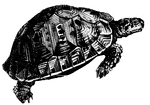
Tortoise
Land tortoises have short, oval and convex bodies, covered by carapace and plastron. They have no teeth.

Mud Tortoise
Land tortoises have short, oval and convex bodies, covered by carapace and plastron. They have no teeth.

Tortoise
Land tortoises have short, oval and convex bodies, covered by carapace and plastron. They have no teeth.

Tortoise
Land tortoises have short, oval and convex bodies, covered by carapace and plastron. They have no teeth.
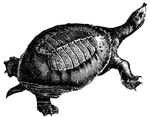
Tortoise
Land tortoises have short, oval and convex bodies, covered by carapace and plastron. They have no teeth.

Cat
The domestic cat has teeth made to tear and cut flesh, and the tongue is dry and rough like a file,…
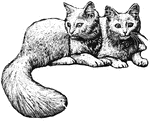
Cat
The domestic cat has teeth made to tear and cut flesh, and the tongue is dry and rough like a file,…
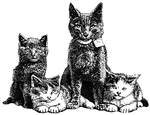
Cat
The domestic cat has teeth made to tear and cut flesh, and the tongue is dry and rough like a file,…

Chimpanzee Teeth
Teeth of the right side of the lower jaw of the Chimpanzee. (i) incisors; (c) canine tooth; (pm) premolars;…

Facial Angles
The facial angle is an angle formed by two imaginary lines; one drawn fom the most prominent part of…
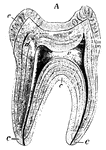
Human Tooth
A tooth is generally described as possessing a crown, neck, and root. Side view of a tooth.
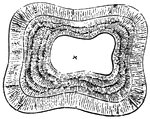
Human Tooth
A tooth is generally described as possessing a crown, neck, and root. Top view of a tooth.; 1. Central…
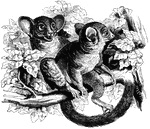
Galagos
"The head is large and round; the membranaceous ears remarkably large, and closed when the animal is…
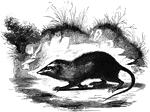
Raffle's Gymnure
The only species of the Gymnure genus, found in Sumatra. "It is little known, but seems to possess more…
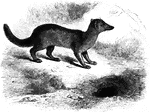
Euplere
"The single species of this genus, E. Goudotti, is of a slender form, about a foot in length,…
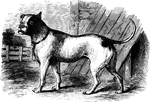
Bull Dog
"The bull dog has a round, thick head, a turned-up nose, and thick and pendulous lips. He is of moderate…
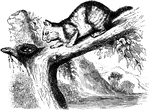
Canada Lynx
"The Canada Lynx of the Indians, has a round, broad head, large eyes, strong teeth, ears acute and tipped…

Chinchillas
"It is of a grayish color, and sufficiently long for spinning. The little animal which is produces it…

Sherman's Campaign
"Sherman's Campaign in Georgia- the attack of the Fourteenth, Sixteenth and Twentieth Army Corps on…
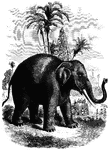
Asiatic Elephant
"This elephant differs from the African species, not only in size and in the characters of the teeth…

Common Opossum
"It has a pointed head, wide gape, numerous sharp teeth, a rough tounge, ears large and naked, small…

Ilex
Leaves usually with a few remote teeth above the middle or at least bristle-tipped; fruit a red or black…

Continental Bills
Fac-simile of the Continental Bills. The paper on which these bills were printed was quite thick, and…
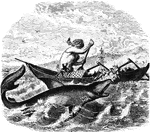
Shark
"Theses are at once distinguished by their elongated, spindle-shaped bodies, their branchial apertures…
Sturgeon
"These have an elongated body, and a funnel-shaped and protrusible mouth, without teeth, places on the…

Angler
"The fishing frog is three to five feet long. It has an enormous mouth, armed with numerous pointed…

Salmon
"The salmon two to four feet long, and weighs ten to twelve pounds, though it has been taken of eights…

Carp
"They are distinguished by a small mouth and powerful teeth, though not set in the jaws. The body is…

Acrodont
"Skull of lizard with Acrodont Dentition. One of those lizards which have the edge of the jaw, without…

Perch
"An embiotocoid fish, with small scales, uniserial and jaw teeth, and lip free and deeply cut along…
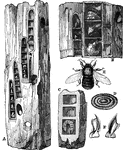
Carpenter Bee
"A, B, C, tunnelings of the carpenter bee; E, the carpenter bee; D, a partition; F, teeth, magnified"…

